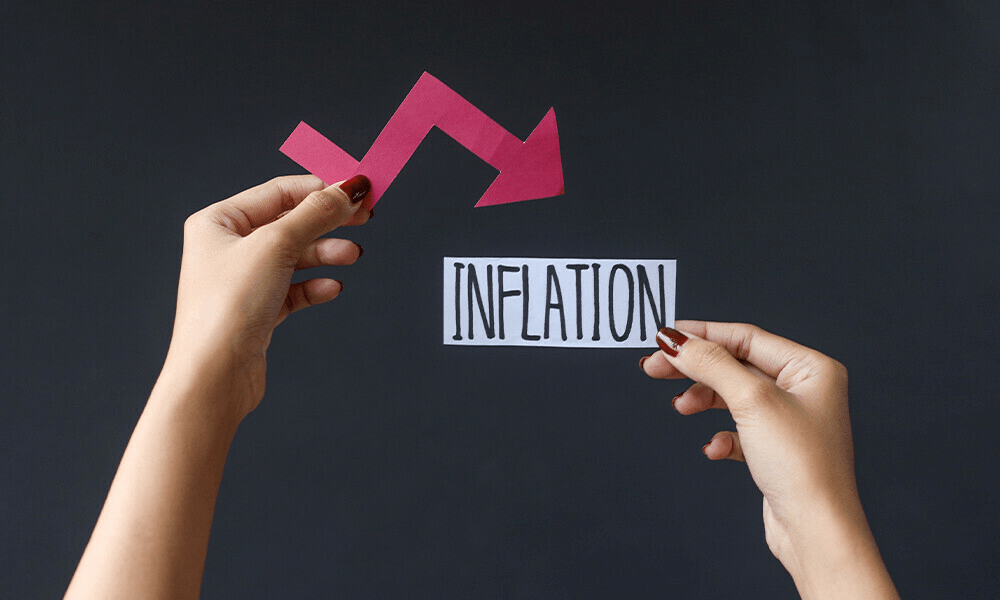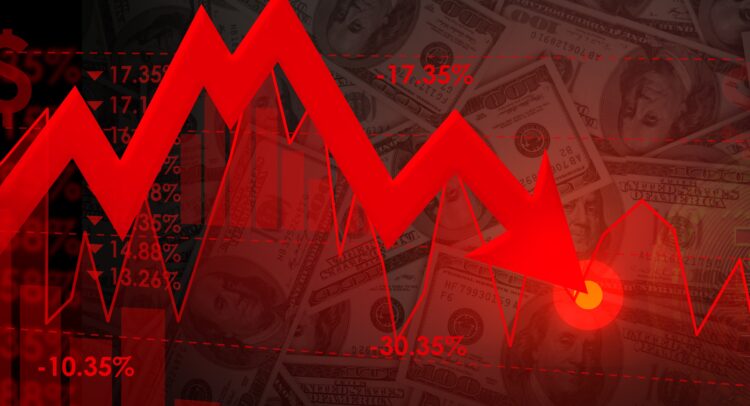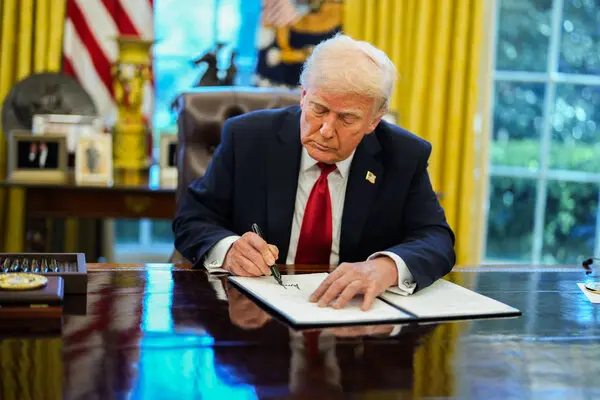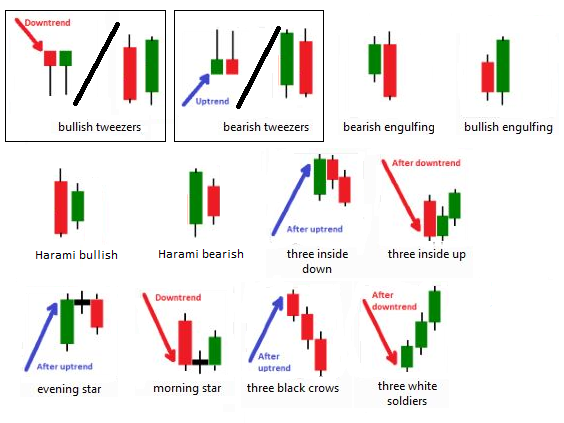The drop in inflation to an impressive 80-month low of 4.1pc in December 2024, and projection of further decline to 3.06pc in January 2025, means the big question is not whether the dovish cycle at the state bank will continue when the MPC (Monetary Policy Committee) meets on 27 January 2025 but, as usual, how big a rate cut to expect this time.
And if the recent past tells us one thing, especially since SBP started cutting on 21 March 2024, it is that the decision usually tilts towards popular consensus leading to the announcement. This time there is broad agreement around a 1pc cut, so that is what we are expecting as well.
Yet there are signs of new headwinds which, interestingly, haven’t bothered the market so far. Petrol prices have risen in the local market, which always feeds across-the-board, second round inflationary tendencies. The US government has also slapped fresh sanctions on Russian and Iranian oil, tightening the market at an already uncertain time. Pakistan depends on imports for a good 80pc of its energy needs, so these developments will most definitely trigger a re-think of the depth of the cutting cycle at the SBP if they trigger volatility in international markets.
Yet last Friday marked the second time in as many Fridays that the KSE100 Index bounced off the 20-day EMA (exponential moving average), shrugging off such concerns and setting the stage for another jump as the market gapped up on Monday, 20 January 2025. (see chart)
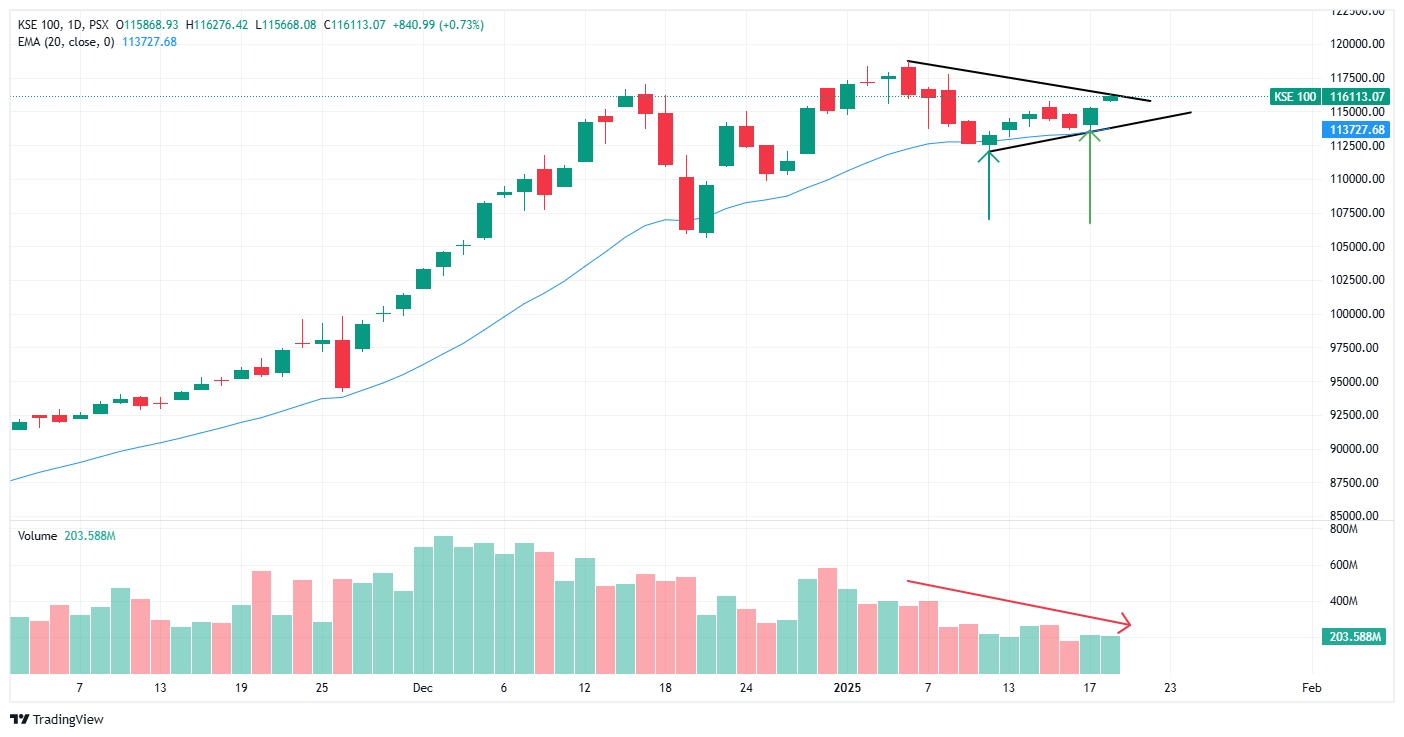
Another market feature we’ve been following in our blogs and vlogs recently -- the number of stocks making 52-week highs – has also bottomed out and resumed its uptrend. It peaked in early December at 90, was recorded at 42 on the last day of last year, 45 on the first day of the new year, and dropped all the way to 4 on 10 January 2025. But in the two weeks since then, 10 trading days, it has risen once again to 15, indicating accumulation even as the broader market remains range bound – forming a wedge on declining volume (see chart).
For now, it seems, the market is once again caught between headwinds and tailwinds. Technically, this makes sense as long as the market is caught in a triangle/wedge pattern.
All eyes are now on the state bank, of course, as its interest rate decision and subsequent monetary policy statement will be scrutinized for a clearer pattern of inflationary expectations as we move forward.
Let’s not forget that interest rates lead the list of factors that impact the market directly, and they take their cue from price levels, hence the concern about oil prices and inflation levels.
Disclaimer: This content is for educational and informational purposes only. It should not be considered financial or investment advice. Always do your own research or consult with a licensed financial professional before making any investment decisions.


